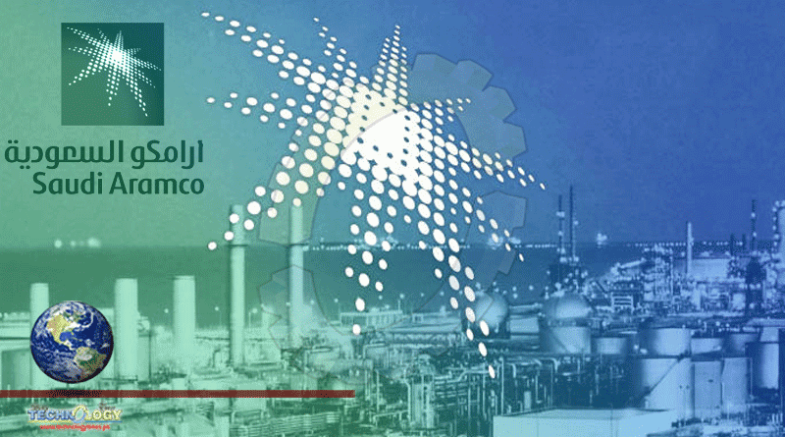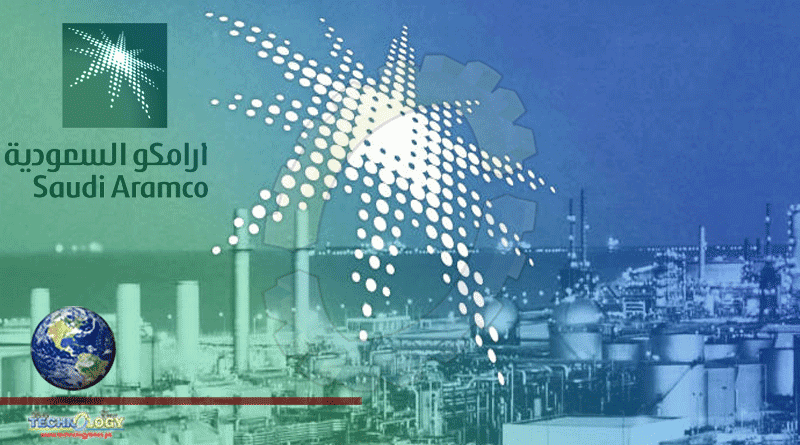Aramco To Invest In Research & Development, Primarily In Ways That Support Our Upstream Production & Downstream Expansion.

A key driver of innovative research and development is EXPEC ARC, our upstream R&D arm.
Beyond overcoming operational challenges, we also address future needs that we identify through collaboration with operational departments. Our research and technology development draws on a global network of 12 affiliated research and development centers with about 1,300 scientists and engineers. The centers tap into talent and resources to creatively augment the Company’s research efforts in Dhahran and extend the Aramco workday into time zones around the clock. Our patent filings demonstrate the success of our strategy and the accomplishments of our people.
Our investments and strategies are helping us achieve our objectives of increasing discovery and recovery of hydrocarbon resources, while also achieving greater operational efficiency. Even as we transition to a low emissions future, with growth in renewables, oil and gas will remain a vital part of the global energy mix and is expected to continue to play an essential role as a feedstock for the petrochemicals sector, which produces goods and materials that we all use in our day-to-day lives. The coronavirus pandemic has reinforced the value of single-use materials for medical care, to give just one example of the ongoing need. This will be a key driver of demand in the decades to come. For all of these reasons, it makes sense to invest in R&D to enhance both the efficiency and sustainability of our operations.
What are the latest developments out of EXPEC ARC?
In the past two years, Aramco has received 478 upstream-focused, US-granted patents – consistently higher than its closest oil major. A significant number of these patents are a result of research and development at EXPEC ARC. The breadth our patents documents a healthy and vibrant portfolio of research and technology development activities. Unique concepts and creative ideas lead to solutions for real-life field challenges and gains in operational efficiency. Our latest initiative is to incorporate 4th Industrial Revolution (4IR) technology in every part of our portfolio that can benefit from recent advances in this area.
Our newest upstream research and development center, in Moscow, Russia, was opened in 2019. Its main mission is to incorporate 4IR components in the development of technologies in domains that include simulation, modelling and advanced materials.
Recent developments include new scientific breakthroughs such as the development of the world’s hardest material, which is used to improve drilling efficiency. Another example is GeoDRIVE, which is an integrated geophysical imaging and modelling program that enhances the resolution of vertical depths in seismic data, improves image-processing efficiency by 90% and is expected to enhance interpretation in areas with complex geology. GeoDRIVE technology was tested using subsurface geophysical data, resulting in a significant three-fold improvement in image resolution – thus allowing the detection of finer prospects that would be otherwise invisible using conventional technologies.
Several recent awards from international organizations including the International Society of Petroleum Engineering (SPE), the World Oil Awards, and Hart Energy’s Meritorious Awards (MEA) for Engineering Innovation recognize the results of our investments in research and technology development. So does the recent announcement that our Khurais oil facility has been added to the World Economic Forum’s Global Lighthouse Network, which recognizes facilities that are leaders in the adoption and integration of cutting-edge 4IR technologies. Only 54 facilities worldwide have this distinction – and Aramco is one of only nine companies represented in the network by more than one facility. Aramco’s other Lighthouse project is the Uthmaniyah Gas Plant.
What are the focus areas for EXPEC ARC going into H2 2020?
As we look forward to the end of 2020 and into 2021, our focus in EXPEC ARC remains squarely on key oil and gas challenges, such as improving seismic processing and analysis; increasing the safety and efficiency of hydrocarbon exploration; optimizing enhanced crude oil recovery methods; raising crude oil recovery rates; lowering production costs; and investigating management of carbon releases. We will continue to incorporate 4IR components such as Artificial Intelligence, Robotics, and the Internet of Things (IoT) into all of our research domains.
We are working on a pilot IoT project, the Well Control Space-out system, which enables collecting, validating and enriching data to safely, reliably and quickly secure a well during a wellbore influx. This particular pilot project has already received multiple awards, such as the 2019 Oil & Gas Middle East Technical Innovation of the Year. We hope that this technology will serve as a catalyst to build a strong and sustainable digital transformation ecosystem aligned with 4IR.
An expansion of EXPEC ARC is currently underway with new facilities to enable integrated, multidisciplinary research to address upstream challenges in new ways with higher levels of confidence.
Meanwhile, EXPEC ARC’s strongly visible global presence creates value. Each affiliated Global Research Center (GRC) provides a set of skills and talents that augment and complement those of the other GRCs. Our Moscow global research center and its focus on 4IR are evidence of our commitment to this field.
In addition, our new energy sustainability initiative focuses on low carbon intensity and capitalizes on the 4Rs framework – Reduce, Recycle, Reuse and Remove. The goal is to capture the positive impact of previously developed technologies and generate additional gains by developing new technologies to further enhance Aramco sustainability efforts. Beside direct sequestration of carbon, relevant technologies aim to reduce chemical consumption, mitigate water production, increase recycling and achieve higher efficiencies.
Recently, EXPEC ARC was selected as the recipient of the Green Initiative Award, a category of the Asia Corporate Excellence and Sustainability Award (ACES), for its sustainability efforts in its CO2-EOR project, where the company deploys its carbon capture, utilization, and storage (CCUS) technology to capture around 800,000 tons of carbon dioxide emissions per year – while producing more oil more efficiently. All these efforts are part of a strategic initiative to be the forefront of upstream R&D and be ready to overcome future challenges.
Is there a relationship between R&D and crisis resilience?
R&D is typically a long-term endeavor. A crisis by definition is an interruption to the normal flow of work and life. One way to prevent them, or minimize their impact, is by adopting research outcomes as they come along. This model promotes the utilization of technology in a synergetic fashion to achieve a sum that is greater than its individual parts. Aramco engages in forward-looking R&D endeavors to create solutions that ensure R&D is typically a long-term endeavor. A crisis by definition is an interruption to the normal flow of work and life. One way to prevent them, or minimize their impact, is by adopting research outcomes as they come along. This model promotes the utilization of technology in a synergetic fashion to achieve a sum that is greater than its individual parts. Aramco engages in forward-looking R&D endeavors to create solutions that ensure efficient hydrocarbon production and provide the marketplace with reliable and sustainable energy supplies. For example, we have been able to continue supplying our customers around the world throughout the COVID-19 pandemic because of our previous development and deployment of advanced technology. At one point we even ramped up output to record levels.
Even though our current research is not directly linked to the pandemic, we are actively providing solutions for more efficient extraction of hydrocarbon resources that ensures the availability of a reliable supply of energy resources to the world. Our scientists and engineers have adapted to remote collaboration as required to safely continue their work. We have even participated in virtual global conferences to contribute to the advancement and dissemination of science which provides some continuity during these vastly uncertain times.
This news was originally published at Oil And Gas Middle East
